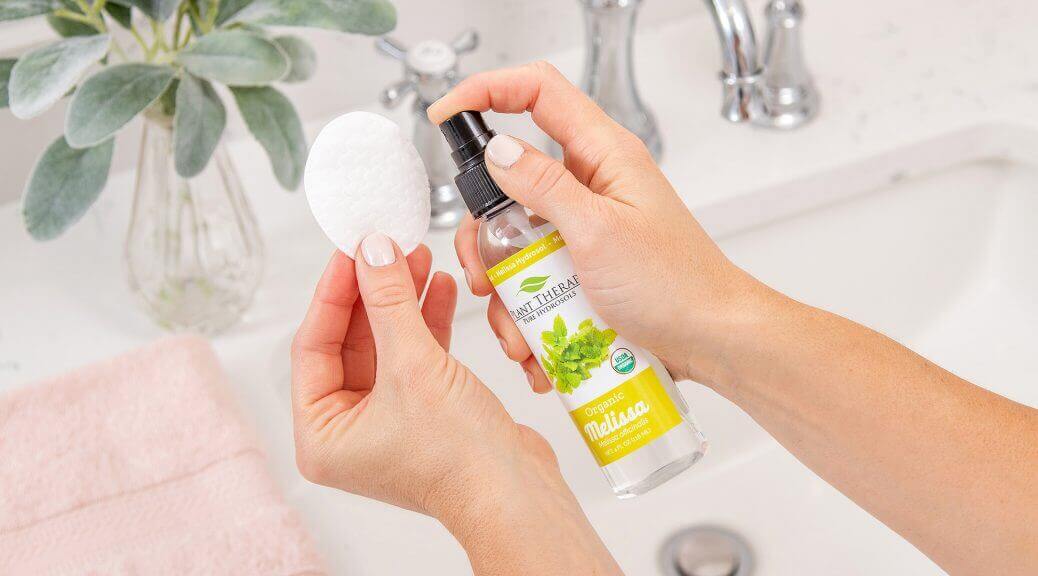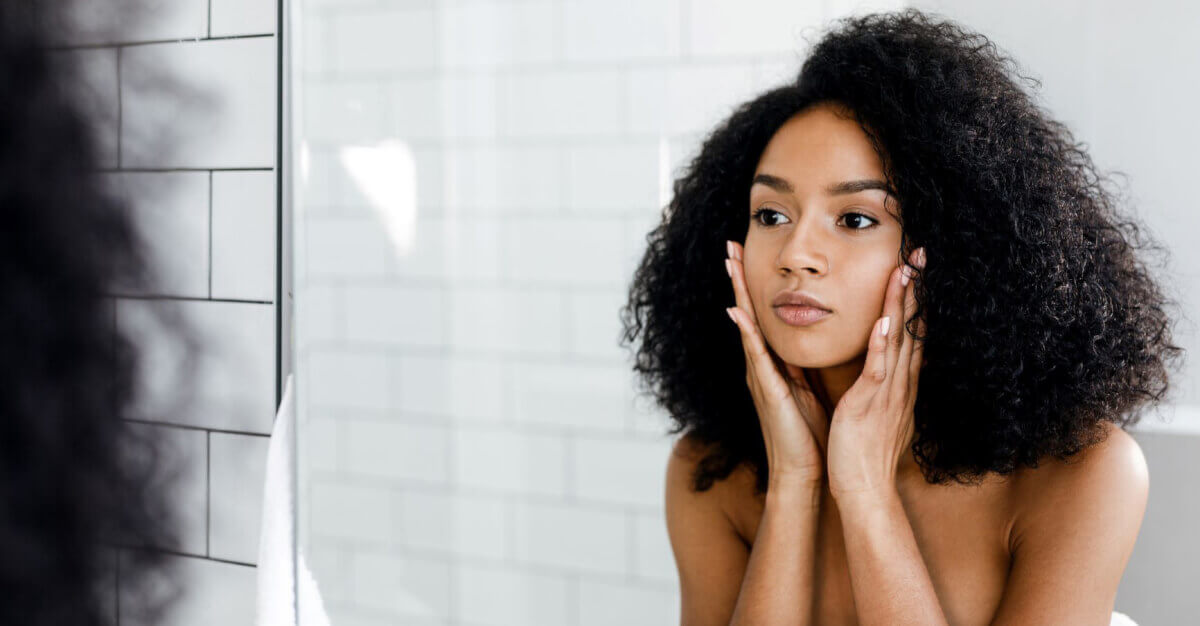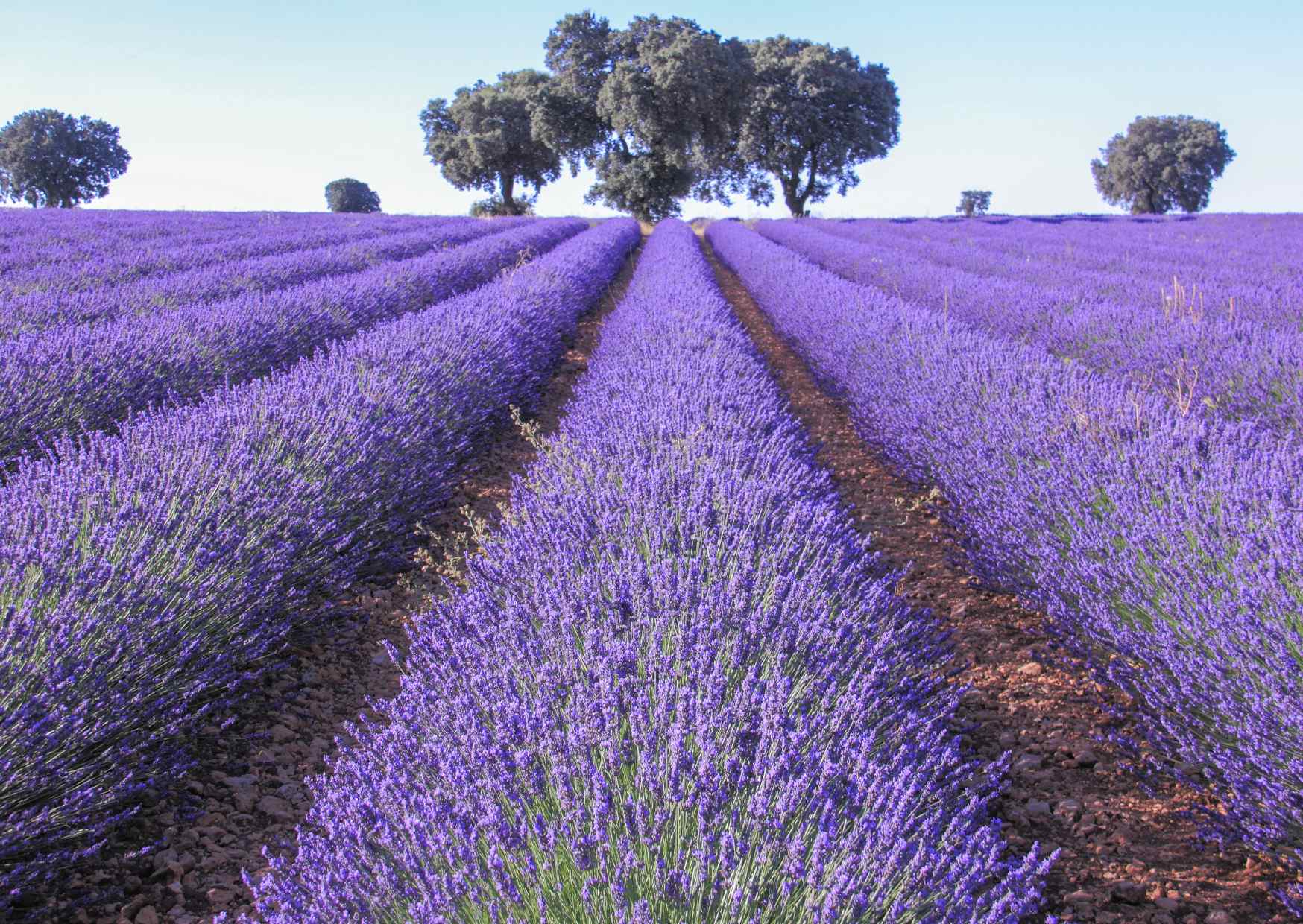What is a Hydrosol?
Very simply, a hydrosol is the water that is distilled with essential oils. When the steam from the distilled water passes through the plant material, it takes with it the volatile oils from the plant. The two travel through the tube at the top of the steam vessel (typically copper) and down through the condensing tube. Once the water and oil have separated, the essential oil is siphoned off the top and what you have left is the hydrosol.
A “hydrosol” is actually a chemistry term meaning “water solution.” Hydrosols may also be known by several other names:
- Hydrolats
- Hydrolates
- Floral Waters
- Plant Waters
It’s important to note that hydrosols are NOT simply distilled water with essential oils added to them. In this case, the two would not mix. Some of the water-soluble plant oils will combine with the water and impart therapeutic properties. This creates a much gentler, more diluted product, which is generally safer to use than an essential oil.

How to Use Hydrosols
There are tons of unexpected ways to use hydrosols. They have the benefit of being essentially safe for anyone to use. They can be used undiluted on the skin for adults, children, pregnant and nursing women, the elderly, and even most pets. You can use them in DIY products (like lotions), or spray on your skin as a toner. You can even mix them together!
With almost no cautions, hydrosols truly are a perfect first-use item if you’re a beginning aromatherapy user. That’s not to say there aren’t a few rules to follow. Two excellent reference books are:
- Hydrosols: The next aromatherapy by Suzanne Catty
- Understanding Hydrolats: The Specific Hydrosols for Aromatherapy by Len and Shirley Price
Hydrosols do need to be stored properly. A cool, dark environment (like a refrigerator) is best, and make sure to check them often for any cloudiness or mold.
Since hydrosols contain no preservatives, they have relatively short shelf lives of between 6 months to 2 years. However, since hydrosols are relatively inexpensive, it’s more economical to use them up and buy new ones when you need them than to save them for special uses.
Hydrosols are also amazingly gentle, safe, and easy-to-use products that can be used in tons of ways. They’re more diluted than essential oils since a hydrosol is – very simply put – the light and refreshing aromatic water that is distilled with essential oils.
Here are some of our favorite uses for hydrosols:

Facial Toners
Rose, Helichrysum, Tea Tree, and Melissa Organic Hydrosols make wonderful facial toners. They are safe and gentle enough to use directly on the face. Just spray onto a cotton pad and wipe onto your face.
Helichrysum and Rose help balance the skin by reducing facial redness or dryness. Melissa and Tea Tree promote healthy skin as well, especially for those who are prone to blemishes. You can also add these to facial products you currently use to enjoy their benefits.
Try out this DIY dry skin toner mix, using just hydrosols!
Dry Skin Toner DIY
What you’ll need:
- 2 ounces Rose Hydrosol
- 1 ounce Lavender Hydrosol
- 1 ounce Helichrysum Hydrosol
What you’ll do:
Mix together in a 4-ounce bottle and spritz the face after cleansing. Refrigerate between uses.

Soothe Minor Cooking Burns
Lavender, Rose, and Chamomile Organic Hydrosols are incredibly soothing to skin with minor burns. If you’ve got a small burn, just spritz on the affected skin to help soothe any redness.
Stay Relaxed
Rose, Melissa, and Lavender Organic Hydrosols help bring comfort and calm after a long, hectic day. They can also help during times of sadness, to uplift and calm your senses. Spray them directly onto your skin, clothes, pillows, or linens to help freshen scent and give you a relaxing whiff. You can also add ¼ – ½ cup of hydrosol to a warm bath to help relax.
Sleep Soundly
For a relaxing atmosphere that promotes a good night of rest, try Lavender, Chamomile, or Rose Organic Hydrosol. You can mist it on linens, furniture, and pillows before bedtime to help unwind and relax. These hydrosols are also wonderful for babies and young children, to promote calmness and help soothe them to sleep.

Safe for Babies & Toddlers
Lavender Hydrosol is great to help promote sleep and relaxation for even the fussiest babies. You can spritz the Lavender Hydrosol directly on the baby, or you can spritz the baby’s bed right before bedtime.
Plant Therapy’s Chamomile Hydrosol is excellent at providing some gentle, soothing comfort that typically accompanies teething. Soak a clean, warm washcloth in our chamomile hydrosols and gently rub it on the gums or outer jawline. If your little one develops some skin sensitivity or irritation, our Helichrysum Hydrosol is gentle, soothing, and perfect for your little one.
For more great information on how to use your essential oils with babies and toddlers (including hydrosols), check out these two great blog posts:
- A Guide to Using Essential Oils with Infants and Toddlers
- Teething and Essential Oils: A Definitive Guide

Keep Skin Healthy
Winter skin can often be dry and itchy, even when it’s snowing outside. To help soothe dry, itchy skin and keep it soft and happy, Tea Tree, Peppermint, and Lavender Organic Hydrosols provide quick relief. Just spray on the area of concern and let air dry.
Dry winter skin can also lead to overactive oil glands – and acne. If you have skin that is prone to blemishes and breakouts, keep it healthy and happy with Tea Tree, Melissa, and Chamomile Organic Hydrosols. They all make amazing compliments to your current skincare routine.
These are just some of our favorite ways to use hydrosols, but trust us—there are so many more ways! Check out each product page to learn more.



